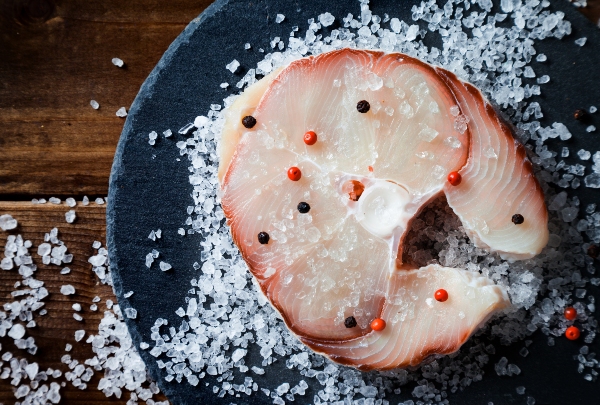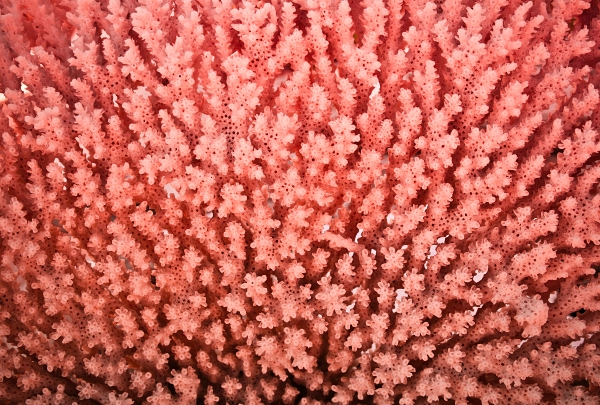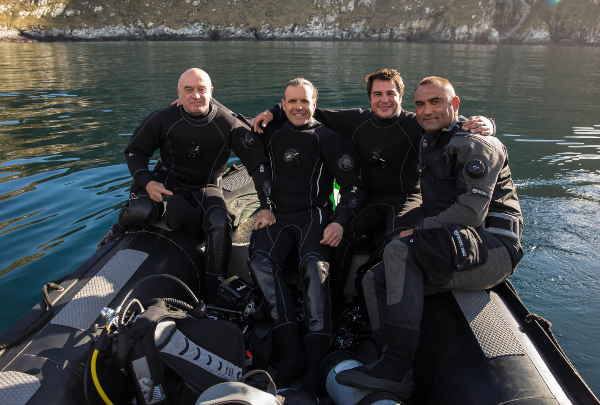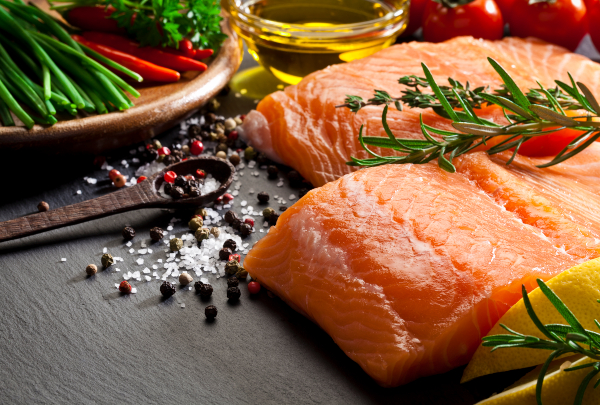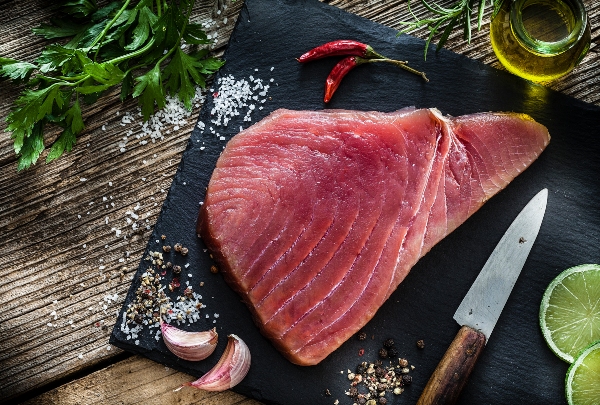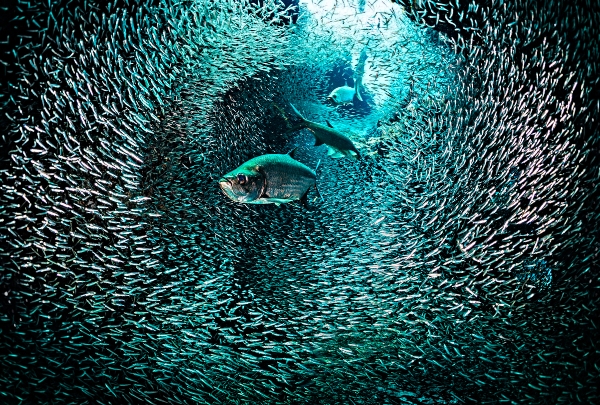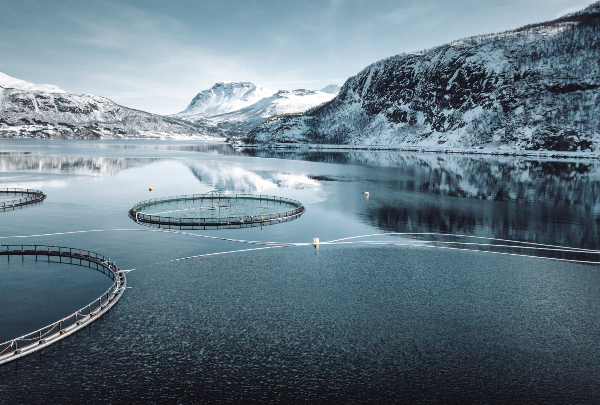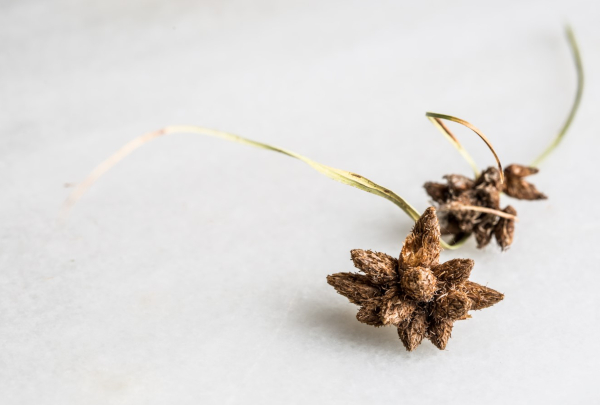News
The Alboran Sea reveals itself as an invaluable seafood pantry
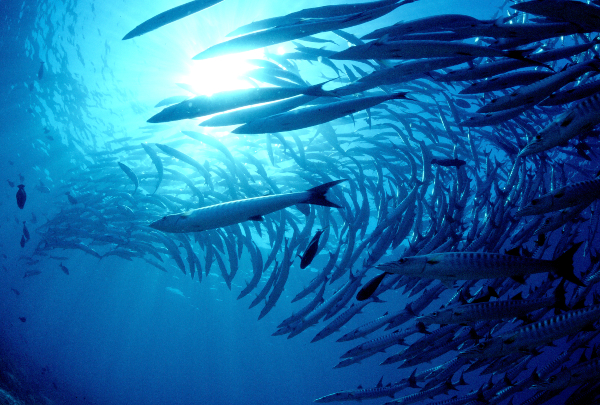
Lourdes Villalobos and Belén Abad of Chinchín Puerto in Málaga, and José Álvarez of La Costa in Almería, show off the culinary wealth of the Alboran Sea, a spectacular source of seafood and one of Europe’s most valuable marine diversity conservation areas.
Under the guidance of Benjamín Lana, Vocento’s gastronomy division president, Sebastián Guerrero, Lourdes Villalobos and Belén Abad of Chinchín Puerto (Málaga) on the one hand, and José Álvarez of La Costa (Almería) on the other, showcased the culinary wealth of the Alboran sea in a talk sponsored by the Regional Government of Andalusia, Gusto del Sur and Andalusian Department of Agriculture.
Lana started off outlining the multiple qualities of “the Alboran Sea, the Mediterranean Sea’s antechamber to the Atlantic Ocean and one of Europe’s most valuable marine biodiversity conservation areas with up to 1,645 species identified and an average depth of 1,000 metres and up to 2,000 in places".
This data may be impressive, but its gastronomic potential is more impressive still, and both restaurants are making the most of it.
Chinchín Puerto and unknown species
Chinchín Puerto (Caleta de Vélez, Málaga) opened the session with Sebastián Guerrero, a sailor with intricate knowledge of this part of the sea and an integral part of the restaurant. He called attention to the fact that the sea is a basic necessity and if restaurants did not support it – by buying fresh fish of the day – the sector would be affected and in turn, restaurants that rely on it for livelihood – as his does – will disappear. “It’s a symbiotic relationship”, he noted.
He then gave way to his partners, Lourdes Villalobos and Belén Abad, both chefs at Chinchín Puerto. As they cooked a red porgy, they shared a simple message that has been reiterated throughout the congress: 100% of a fish – any fish -- can be used. You just need to find the right way to bring out the best of each piece and find the right cooking point. The proof is in the pudding. Regarding the red porgy, which had already been cleaned and cut up, they explained that “the head isn’t just used to give flavour to the sauces, it can also be used in other ways. In this case, we diced it up, along with the parpatana (a cut from the back of the cheek), and we cooked it just like that. The gelatine it contains helps lock in the flavour. And remember that the head is the part that’s richest in collagen, which is essential in our diet”. The belly? Cutlets. The loin? Pan-fried. The lower tail? “That’s for our boldest guests. In a nod to Japanese cooking we prepare it sashimi-like”. Following this philosophy, they have managed to “get the fish done in five different stages. And if it has liver or roe, more stages still," they point out.
Another message they left us with is the need to make the knowledge, use and preparation of uncommon or unknown species -- so-called "discards” – more widespread. Lourdes explains that for a while she took part in the fishing activities on the boat they now use to offer “sea experiences” and that some of the fish was discarded because of its “low commercial value”, as no one at the fish market is interested in buying it. She decided this had to change and learn more about these fish, molluscs and shellfish. That’s how it began with deep-water rose shrimp, which no one talked about at first, and now the same is happening with the gamba plana (“flat shrimp”). “People aren’t familiar with it, but when we ate it raw, we realised that it’s more mellow than common shrimp and ideal in tartare”, she asserts.
Another shellfish that typically attracts similar comments is golden shrimp. “It’s similar to the common shrimp, and it’s viewed as having no value, but it does”, Belén advocates. “It has a smooth body, and it’s very flavourful, in particular the head which we use to make a type of oil we add to other dishes”, she adds.
La Costa
For its part, La Costa – based in Almería and holder of one Michelin star – prepared wreckfish. Its chef, José Álvarez recalled the words of the oceanographer Carlos Durante at the first Meeting of the Seas: “this sea, here, is the best in the world in terms of water quality. Mediterranean and Atlantic waters blend together in whirlpools with different densities, different saline content and many different types of planktons… this helps create fish with unique flavours”, he proudly noted.
As Álvarez cooked the wreckfish – a fish with a high gelatine content whose head and backbone he also used --, Lana asked him about the current state of the seas. “Lockdown has been great for the sea. I have the feeling that we’re doing things right. One example is the size of the shrimp, this year it’s really good and that hadn’t happened in years”.
In his next recipe he used common shrimp together with red shrimp. “It’s worth spending a little more on large shrimp because it has more flavour. It’s worth it”, he insisted. “It’s a glorious morsel. It only needs to be warmed up a little because it doesn’t taste that good cold”. To do this, he used an ingenious perforated plate on top of a large pot filled with seawater and the whole thing was covered with a cloche. “We lift the cloche before our guests so that the saltwater steam envelops the whole table,” he described.
Once the dish was finished, he pointed out that when using langoustines, female ones were the best kind. How can we tell them apart from male ones? “Size, the claws, and along the belly, the ones have some sort of small bones while the others have hair”.
Finally, Álvarez prepared red prawns in a special monkfish and potato stock. “This stock can be used the next day to make thick fideos – noodles which can be pan-fried beforehand until brown – the result is stunning”.
